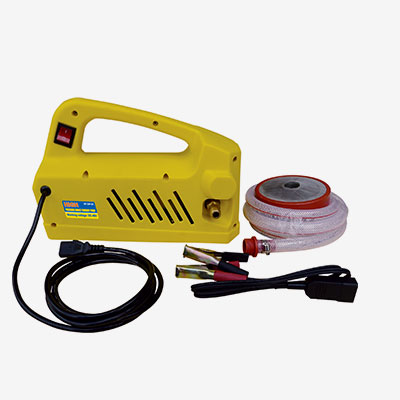It is very important to understand the availability of the pump and its operating specifications, as well as the compatibility of fluids and materials. The agricultural spray pump is designed to push or pull the substance in the liquefaction tank to the nozzle with a certain flow rate and pressure measurement. They are widely used as field sprayers, herbicides and herbicide applications, road maintenance, high pressure and target point spraying, and more applications in production spraying. In today's agricultural industry, there are a variety of spray pumps to choose from, and they are designed with application versatility and power drive options.
Diaphragm pumps are a horse in the agricultural industry. This type of pump is classified as a "positive displacement pump". This is a peculiar way of saying that it uses some external force to move trapped liquid out of an area. It will contain two flexible diaphragms, parallel to each other on both sides of the pump. Between these two diaphragms there will be a chamber filled with compressed air. Once the pump is energized, compressed air will drive the liquid to the outlet of the pump, making this type of pump a very powerful use case for sprayer solution and liquid flow transfer.
Roller pumps are the first choice of farmers all over the world. The roller rotates in the pump housing, forcing the spray solution through the outlet to the nozzle. The roller pump has a low initial cost and is extremely versatile. They operate efficiently at PTO speeds of 540 and 1000 RPM, and have a wide pressure range of up to 300 PSI and flow rates of 2-62 GPM. The roller pump is self-priming and can be easily adapted to PTO or gas engine drive.
Different pumps have different effects on the performance of your sprayer in different applications. Installing the right pump on your sprayer will make your spraying more effective and even make spraying enjoyable.









